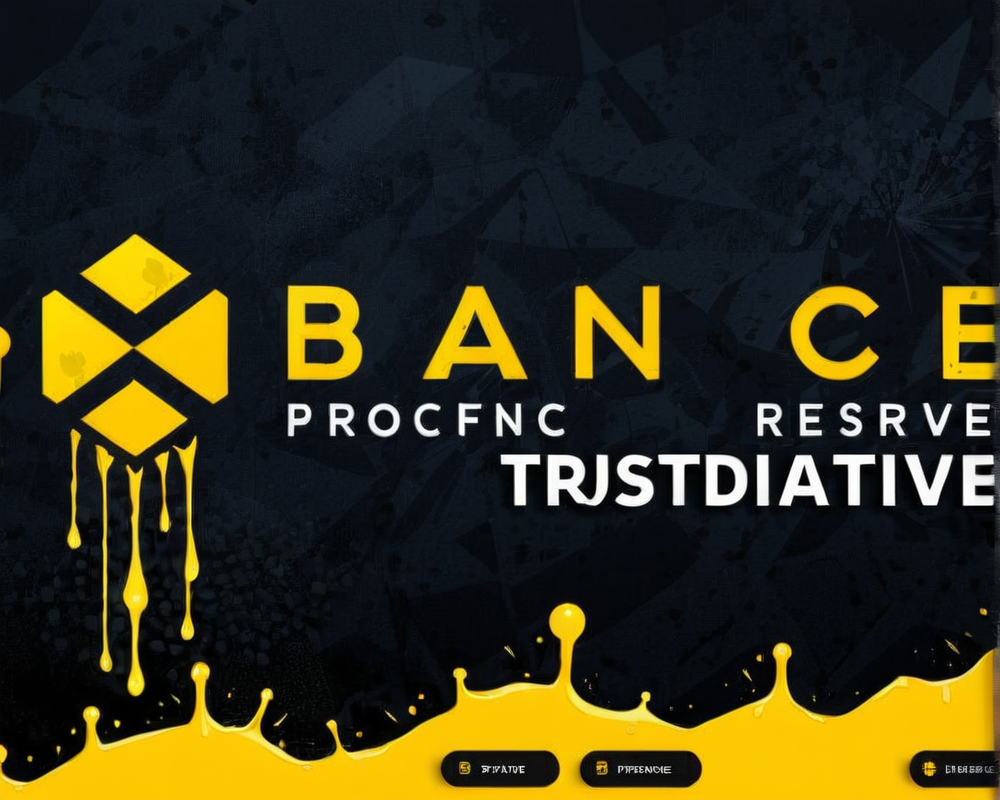What’s the Deal with Proof-of-Reserve?
In the aftermath of FTX’s dramatic descent into bankruptcy, Binance stepped up to the plate, swinging for the fences with its proof-of-reserve (PoR) mechanism. This is basically a way for exchanges to allow users to verify they really have the funds they claim to, thus aiming to restore trust in the centralized exchange model. Currently, Bitcoin (BTC) is the lone ranger on the block, but fear not—Binance is promising to throw in more tokens soon.
How Users Can Verify Binance’s Holdings
To keep things above board, Binance has introduced a Merkle Tree-based system enabling users to check its wallet holdings. This system functions by breaking down the large batch of data—which has more branches than a tree in autumn—into manageable, verifiable pieces. So, if you’ve wondered where your precious BTC is hiding, now you can peek behind the curtains.
Transparency is Key
Binance isn’t stopping at just wallet addresses. Oh no, they’re bringing in the big guns! The exchange has enlisted the help of third-party auditors to sift through its PoR results, which means that quite a few eyes will be on its treasure trove—and not just the HR department’s. With ZK-SNARKs coming into play, the PoR methods will also get a slick upgrade, allowing for data privacy while keeping the transparency torch burning bright. It’s like a magician revealing his tricks but still keeping a few rabbit holes for show.
Community Reaction: Cheers or Jeers?
When Binance CEO Changpeng “CZ” Zhao tweeted about these innovations, Twitter lit up like it was Christmas. Responses ranged from enthusiastic applause to skeptics pondering why this all had to happen post-FTX bankruptcy. One user quipped that a dedicated page for Proof of Reserves, updated daily, would be a solid move. Sounds like a worthy road trip for user experience!
Following in Binance’s Footsteps
Realizing the importance of trust post-FTX, other big players in the crypto game have followed suit. Bybit, along with Bitfinex, OKX, KuCoin, and Crypto.com, jumped on the PoR train shortly after. Even Huobi and Gate.io faced some heat when they shared wallet info that made their loaned funds look less than ideal. Grayscale, on the other hand, decided to hang back until they could figure out a way to do it safely—after all, no one wants to show off their toys if there’s a chance they might get taken.
The Role of Auditing
To further combat the rising trust issues in centralized exchanges, Chainlink Labs tossed in its hat, offering PoR auditing services to any exchange willing to play nice. And if that didn’t shake the crypto universe enough, CoinMarketCap is now boasting a PoR tracker for exchanges that have opened their books. It’s like a scoreboard in the world of finance—who’s ahead and who’s just faking the funk?



